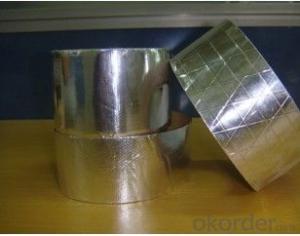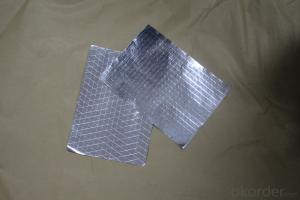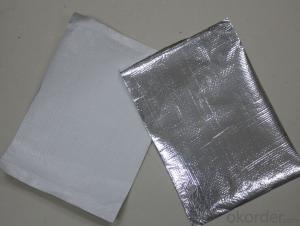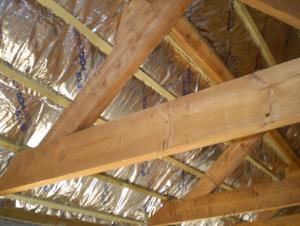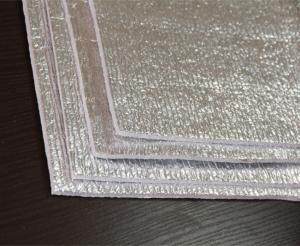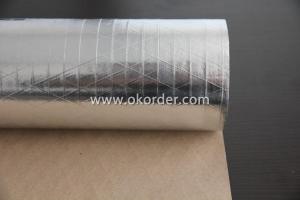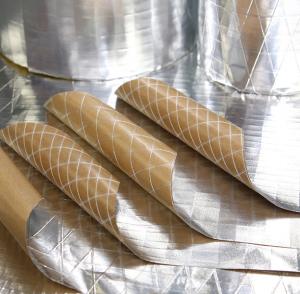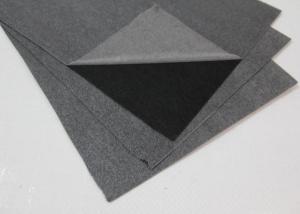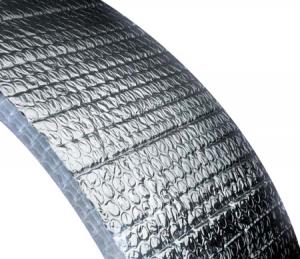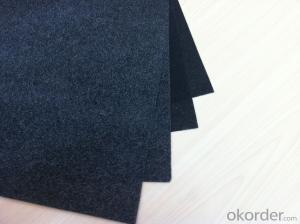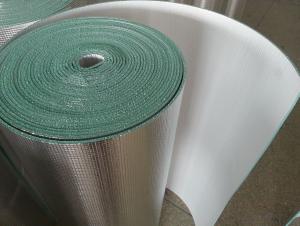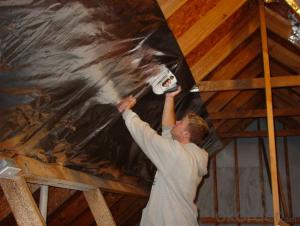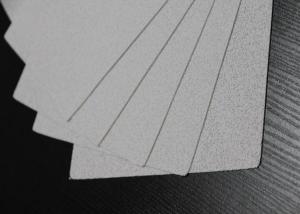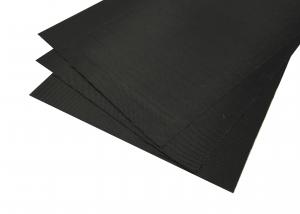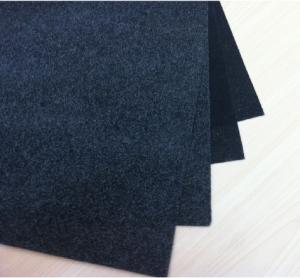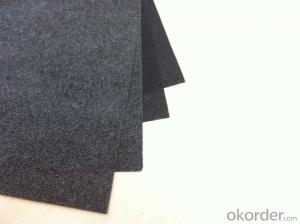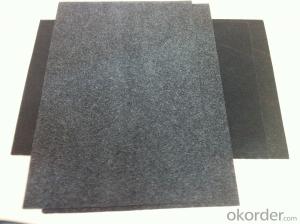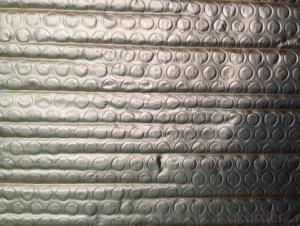flexible ducts bubble foil green foil
- Loading Port:
- China Main Port
- Payment Terms:
- TT OR LC
- Min Order Qty:
- -
- Supply Capability:
- -
OKorder Service Pledge
OKorder Financial Service
You Might Also Like
Application:
1,Building Thermal Insulation Material
(1),Roof,Underlay,Under Concrete & floor Insulation;
(2),Attic,Crawl Space,Stud Wall ,Metal Frame Building Insulation.
2,Wrapping
(1),Protective coatings of ventilating pipe,HVAC Duct & Pipe;
(2),Shells of air conditioner and water heater.
Feature:
1), Waterproof, heavy duty, clean, light, flexible, non-absorbent surface
2), Fire resistant & antiglare
3), Recyclable, environmentally friendly
4), Effective in extreme temperatures both hot and cold
5), Easily install, cut, stapled, nailed or glued into place
6), Safe to handle with no special clothing or breathing Equipment
Feature:
1), Waterproof, heavy duty, clean, light, flexible, non-absorbent surface
2), Fire resistant & antiglare
3), Recyclable, environmentally friendly
4), Effective in extreme temperatures both hot and cold
5), Easily install, cut, stapled, nailed or glued into place
6), Safe to handle with no special clothing or breathing Equipment

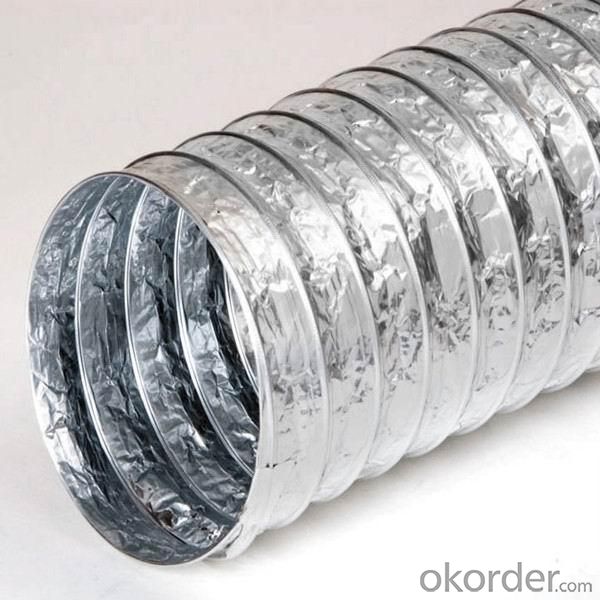


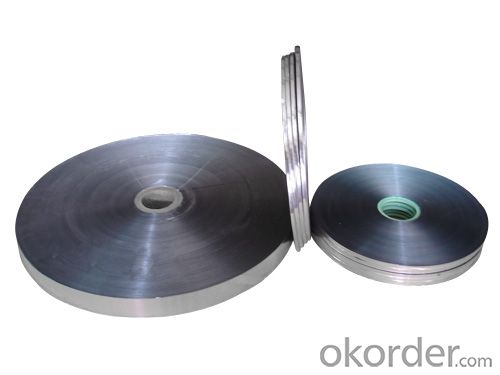


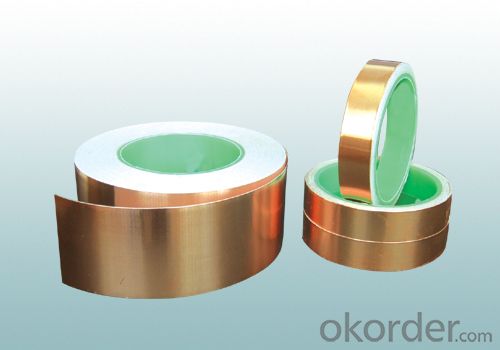
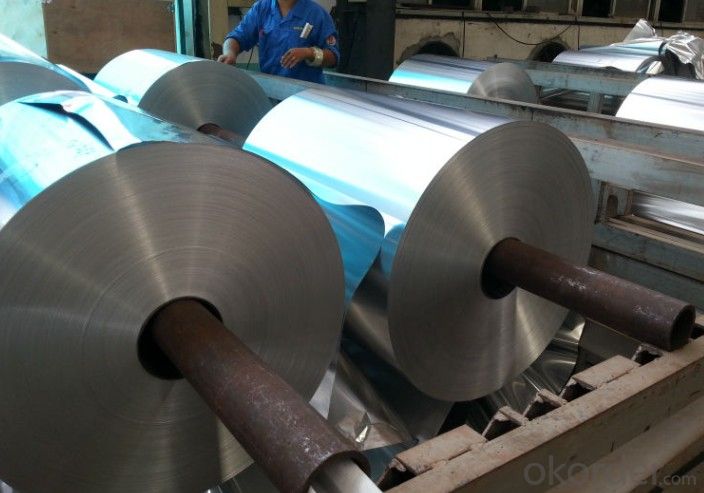

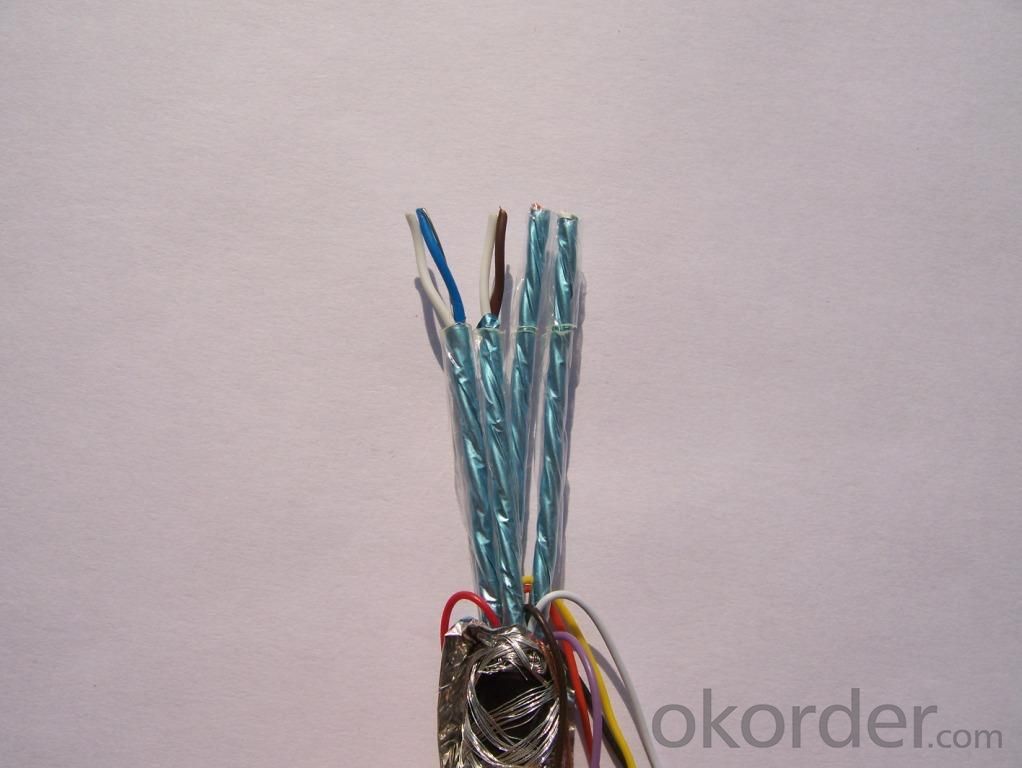
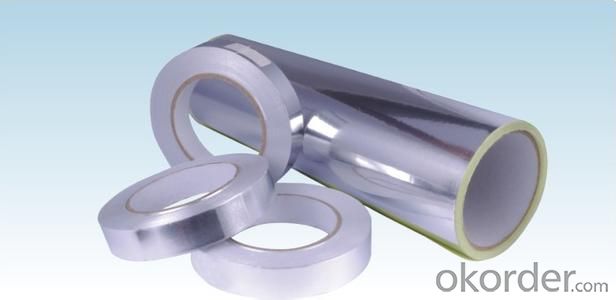
- Q:What is the typical thickness of fiberglass facing?
- The typical thickness of fiberglass facing ranges from 0.2 to 1.0 millimeters.
- Q:How is fiberglass facing installed?
- Installing fiberglass facing typically involves a few simple steps. Firstly, ensure that the surface where the fiberglass will be placed is clean, dry, and free from any dust or debris. This is important to ensure that the facing adheres properly. Next, carefully unroll the fiberglass facing and cut it to the desired size, leaving some extra material on each side for complete coverage. Position the facing over the surface and firmly press it down, starting from the center and moving towards the edges. To securely hold the fiberglass facing in place, apply adhesive or adhesive tape along the edges to create a tight seal. Smooth out any wrinkles or air bubbles that may have formed during installation. In certain situations, mechanical fasteners like staples or nails may be necessary to further strengthen the fiberglass facing, especially in areas prone to high impact or requiring extra reinforcement. Overall, installing fiberglass facing is a relatively straightforward process that demands attention to detail and proper surface preparation. By following these steps, you can ensure a successful installation that offers durability and protection.
- Q:Does fiberglass facing help with soundproofing?
- Fiberglass facing is capable of aiding in soundproofing. Fiberglass possesses remarkable sound-absorbing capabilities, effectively capturing and diminishing sound waves. By utilizing fiberglass as a facing material, the soundproofing attributes of a wall or ceiling can be enhanced, minimizing noise transmission. The facing functions as a barrier, effectively preventing sound from traversing through, rendering it an efficient solution for reducing noise pollution in diverse environments, including residences, workplaces, studios, and industrial settings. Moreover, fiberglass is lightweight, simple to install, and can be effortlessly combined with other soundproofing materials to achieve superior outcomes.
- Q:Can fiberglass facing be used in high-temperature applications?
- No, fiberglass facing should not be used in high-temperature applications as it is not designed to withstand extreme heat and may melt or degrade.
- Q:How does fiberglass facing improve insulation?
- By adding a layer of fiberglass facing, the insulation material is improved as it receives an extra layer of protection. This facing acts as a barrier, preventing the entry or escape of air and moisture from the insulation. This not only helps maintain the desired temperature inside the insulated area but also prevents the growth of mold or mildew. Moreover, the facing strengthens and increases the durability of the insulation, making it more resilient against damage and ensuring its longevity. Additionally, it enhances the fire resistance of the insulation, providing an additional level of safety. Overall, the fiberglass facing enhances the insulation's thermal performance, resistance to moisture, durability, and safety.
- Q:What are the benefits of using fiberglass facing?
- The benefits of using fiberglass facing include its durability, resistance to moisture and chemicals, excellent thermal insulation properties, and ease of installation. Additionally, fiberglass facing is lightweight, cost-effective, and provides a smooth and attractive finish.
- Q:Does fiberglass facing require regular maintenance?
- Regular maintenance is not required for fiberglass facing. Fiberglass is a resilient material that can resist various environmental elements, such as moisture, UV rays, and pests. Unlike other materials, it doesn't corrode, rot, or decay, eliminating the need for frequent painting or sealing. Nevertheless, it's crucial to keep the fiberglass facing clean and clear of dirt and debris to preserve its appearance and performance. To maintain its good condition, regular cleaning with mild detergent and water should suffice. Additionally, prompt repair of any damage or cracks in the fiberglass facing is necessary to prevent further complications. In conclusion, fiberglass facing is a low-maintenance choice that can endure for many years with minimal upkeep.
- Q:Fiberglass Felt Polyester Powder Adhesive Details
- Glass fiber is an excellent performance of inorganic non-metallic materials, a wide range of advantages is good insulation, heat resistance, good corrosion resistance, high mechanical strength, but the disadvantage is brittle, poor wear resistance.
- Q:China's glass fiber product code is what?
- Will be replaced by N or K, respectively, said ND-8, KH-550; ④ EM will be used instead of CM, said the alkali fiberglass
- Q:Is fiberglass facing resistant to moisture or water damage?
- Yes, fiberglass facing is resistant to moisture and water damage.
1. Manufacturer Overview |
|
|---|---|
| Location | |
| Year Established | |
| Annual Output Value | |
| Main Markets | |
| Company Certifications | |
2. Manufacturer Certificates |
|
|---|---|
| a) Certification Name | |
| Range | |
| Reference | |
| Validity Period | |
3. Manufacturer Capability |
|
|---|---|
| a)Trade Capacity | |
| Nearest Port | |
| Export Percentage | |
| No.of Employees in Trade Department | |
| Language Spoken: | |
| b)Factory Information | |
| Factory Size: | |
| No. of Production Lines | |
| Contract Manufacturing | |
| Product Price Range | |
Send your message to us
flexible ducts bubble foil green foil
- Loading Port:
- China Main Port
- Payment Terms:
- TT OR LC
- Min Order Qty:
- -
- Supply Capability:
- -
OKorder Service Pledge
OKorder Financial Service
Similar products
New products
Hot products
Related keywords
